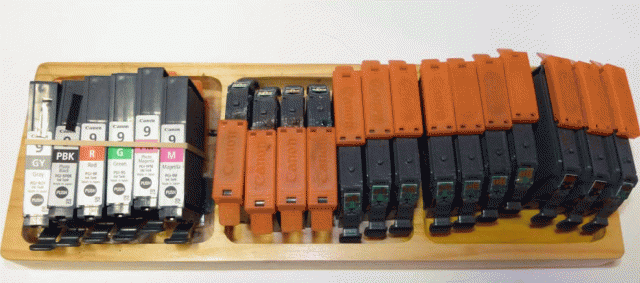- Joined
- Apr 19, 2007
- Messages
- 8,706
- Reaction score
- 7,177
- Points
- 393
- Location
- USA
- Printer Model
- Canon MB5120, Pencil
To the possible dismay of Redbrickman and the definite delight of the rest of us... thank you for keeping your clothes on!The Hat said:No trailers but the full MontyRedbrickman said:What a tease you are HAT!
At least post a Trailer for the forthcoming epic

Excellent job, my friend.






